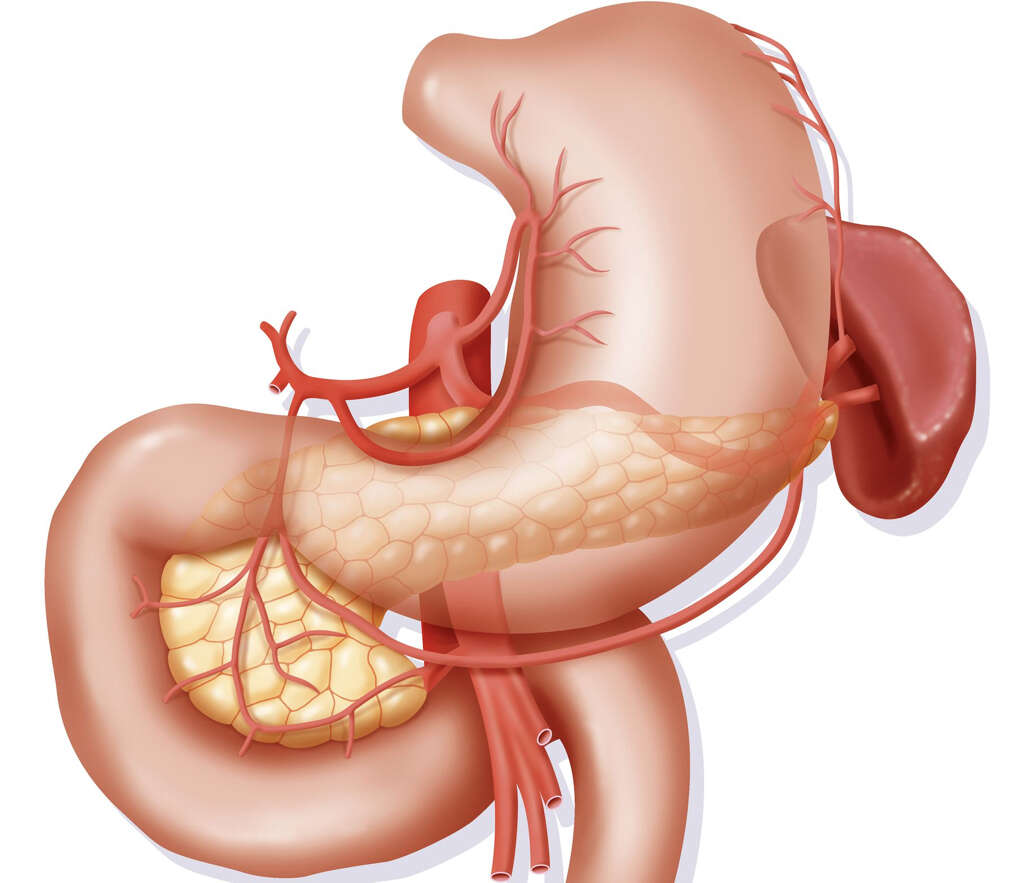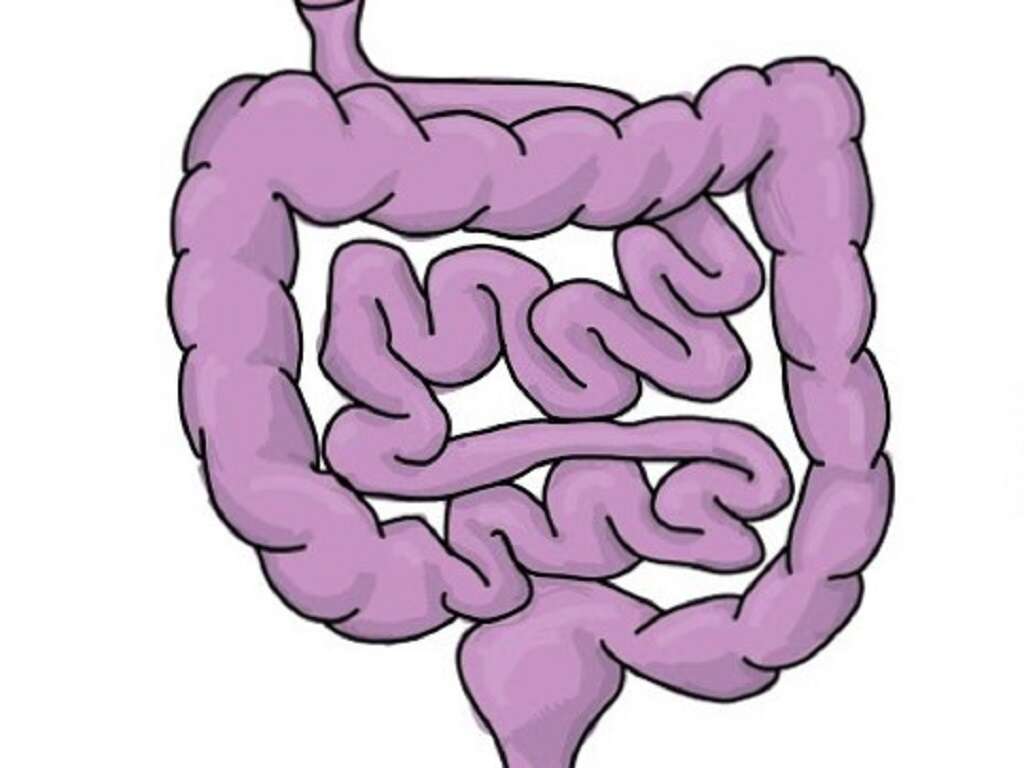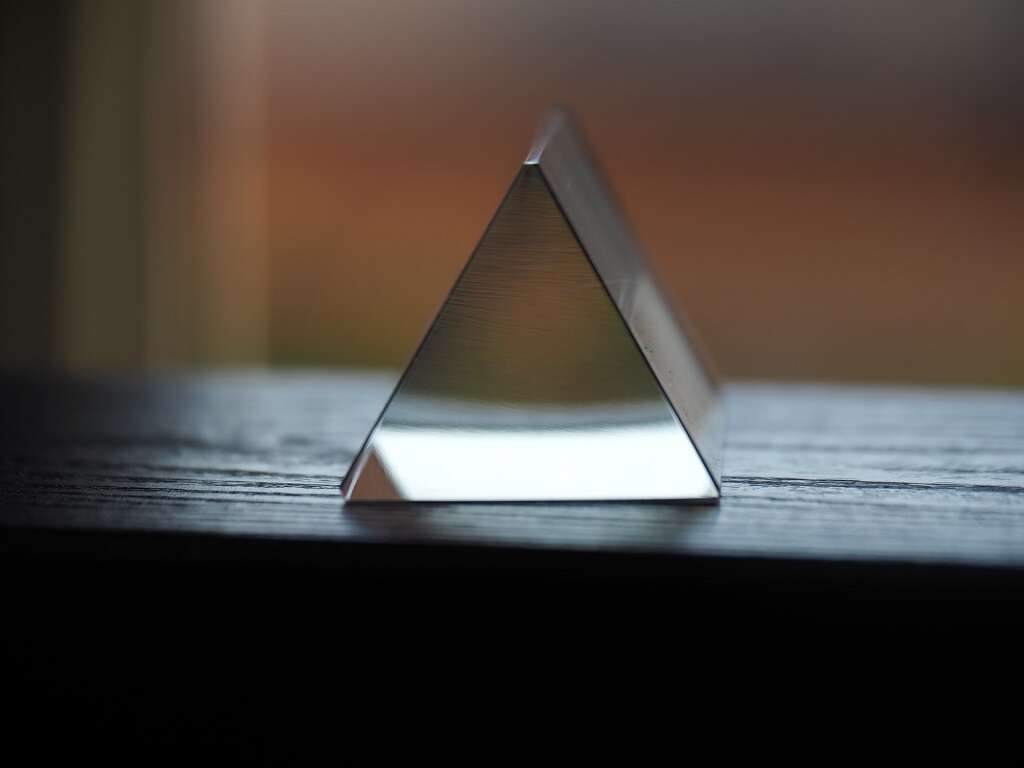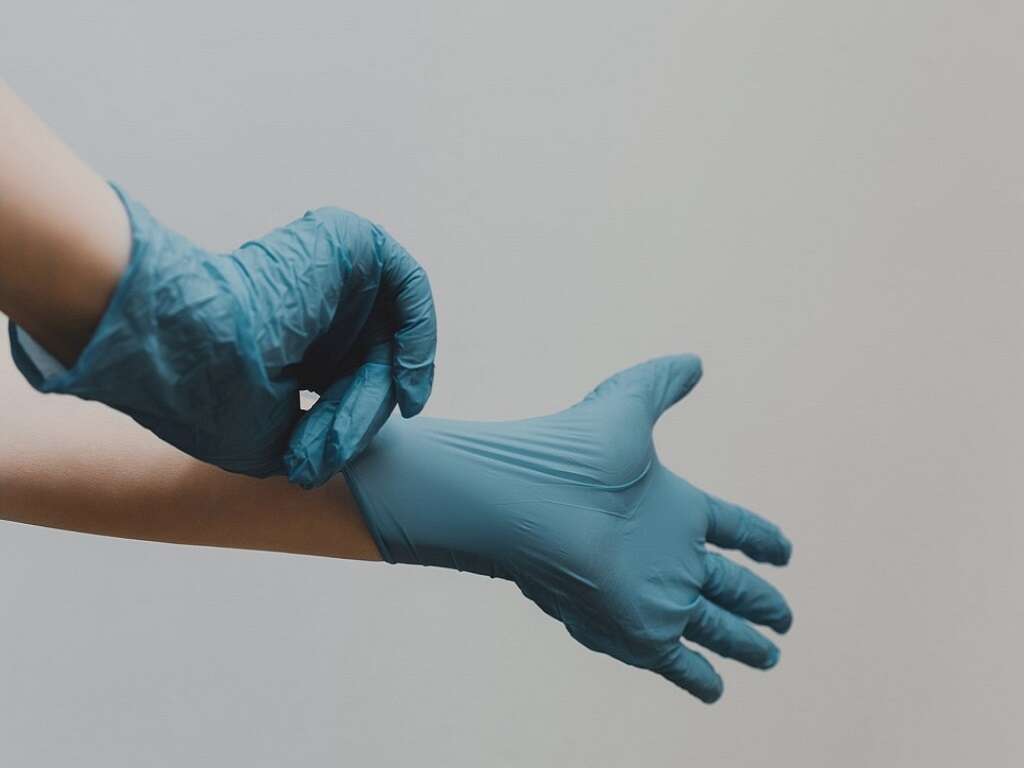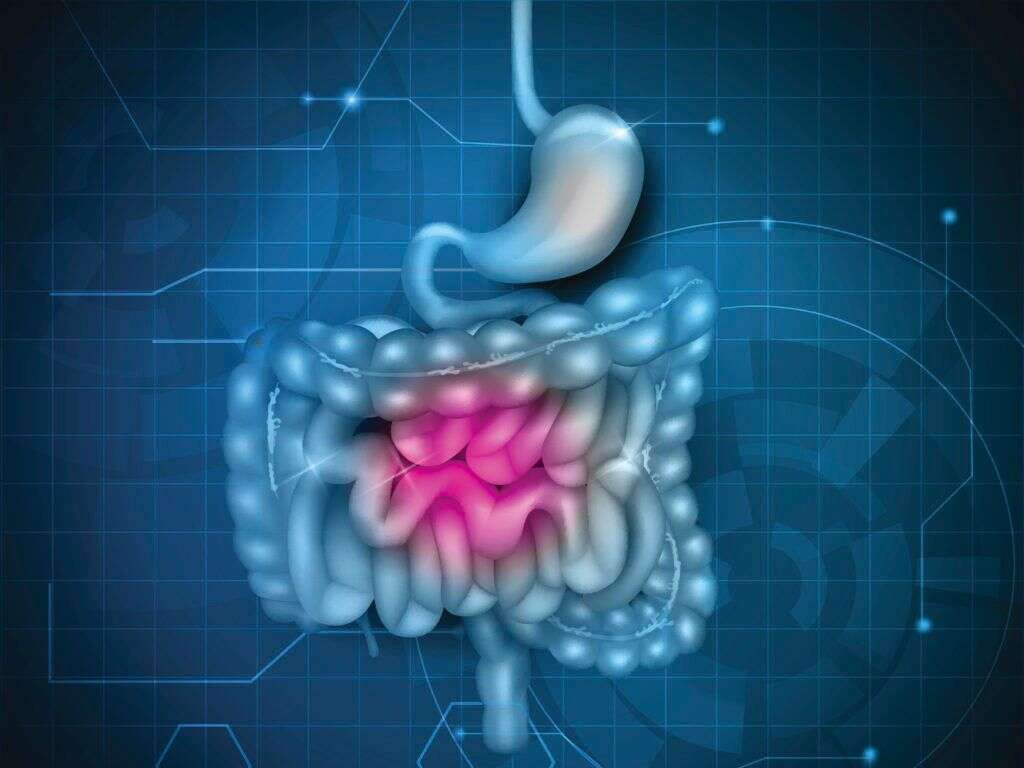What Is the Duodenum?
The duodenum is the part of the small intestine immediately following the stomach. In humans, the hollow tube measures between 25 and 38 centimeters. It connects the stomach to the jejunum. The duodenum receives partially digested food called chyme from the stomach, and passes it over to the small intestines for further digestion and absorption.
The duodenum provides the site where bile gets into the digestive system from the gall bladder. The C-shaped organ is divided into 4 parts: superior, descending, horizontal, and ascending. Each of these parts is unique. The first segment is located inside the peritoneum, while the other segments are located behind it.
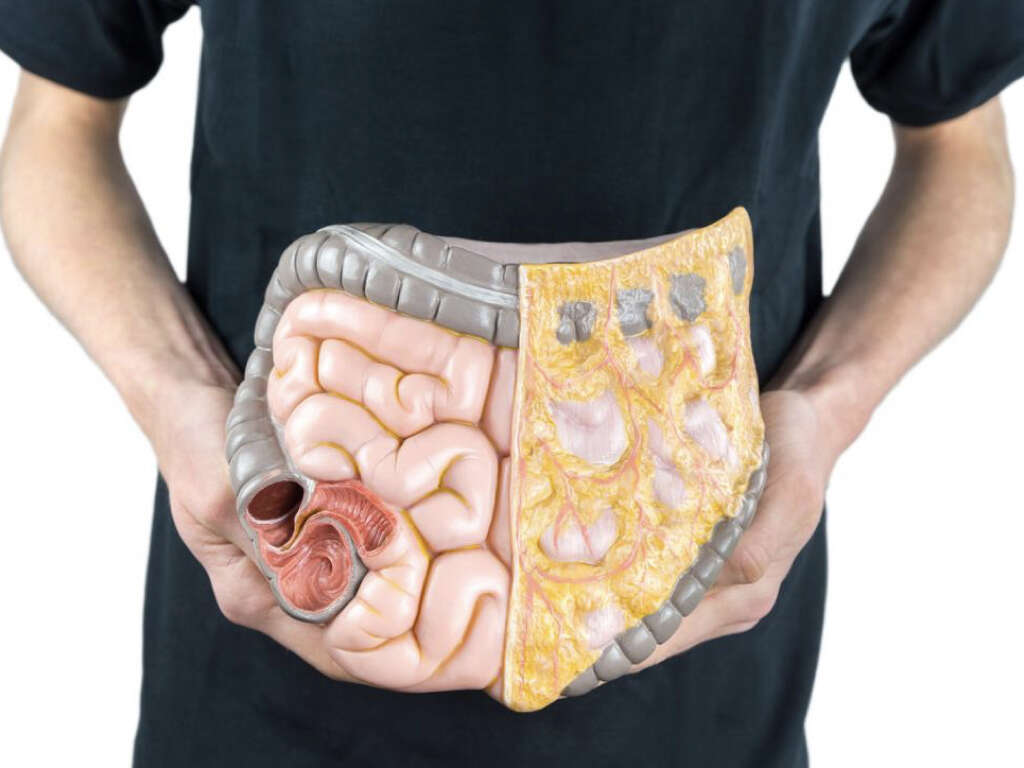
1. Structure of the Duodenum
The first segment, known as the superior part, comes from the stomach. It is located above the rest of the segments at the level of the first lumbar vertebrae.
The first section of the superior segment is the duodenal bulb, which is slightly dilated, mobile, and connected to the liver. The first part of the superior segment is connected to the second one at the superior duodenal flexure corner.

2. Four Segments
The second segment, which is the descending part, begins at the duodenal flexure and is inferior to L3, before proceeding to the inferior duodenal flexure. The third part of the duodenum, called the horizontal or inferior segment, is 10 to 12 centimeters long.
It begins at the inferior duodenal flexure and passes in front of the interior vena cava, aorta, and vertebral column. The fourth part, or ascending segment, is located at the L3, and becomes the duodenojejunal flexure, and goes on to join the jejunum.
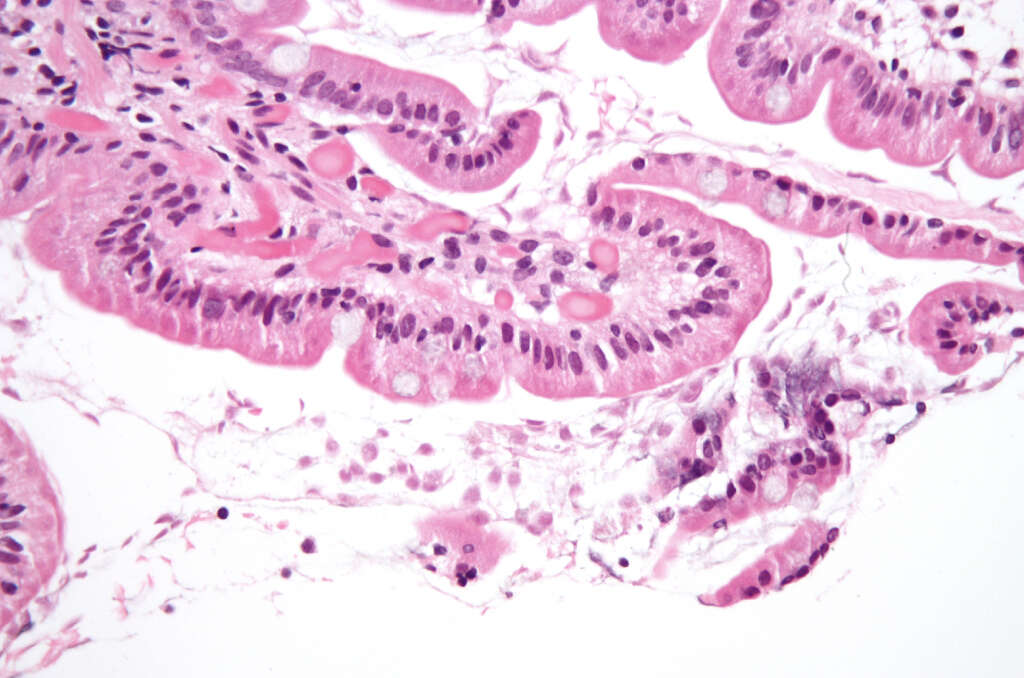
3. Blood Supply to the Duodenum
There are two different sources of blood supply to the duodenum, which are separate for the midgut and the foregut. The gastroduodenal artery and its branch known as the superior pancreaticoduodenal artery supply the duodenum at the second segment.
The superior mesenteric artery and its branch known as the inferior pancreaticoduodenal artery supply the third and fourth segments. These arteries are followed by the veins draining blood from the duodenum. The veins drain blood through the portal venous system, either directly or indirectly via the splenic or superior mesenteric vein.
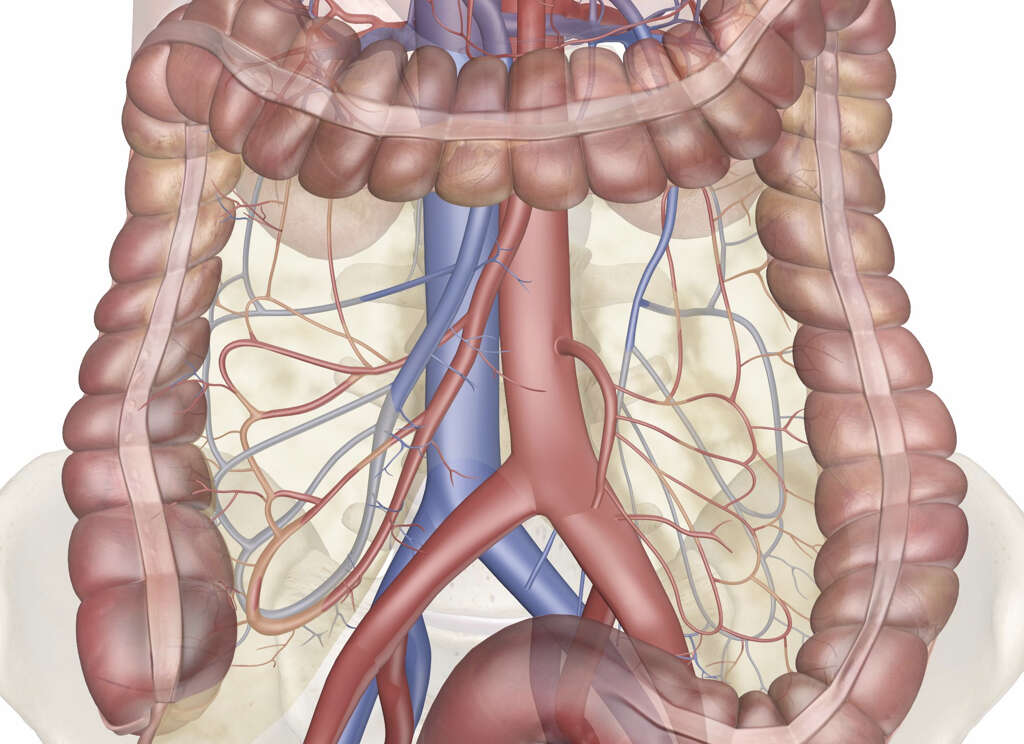
4. Lymphatic Drainage and Nerves of the Duodenum
Lymphatic vessels follow the arteries in a retrograde manner. Lymph nodes located along the superior and inferior pancreatoduodenal arteries drain the anterior lymphatic vessels, while the superior mesenteric lymph nodes drain the posterior lymphatic vessels.
Parasympathetic nerves coming from the hepatic and celiac branches of the anterior and posterior vagi serve the duodenum, while branches of the celiac plexus nerve serve the sympathetic system of the duodenum.
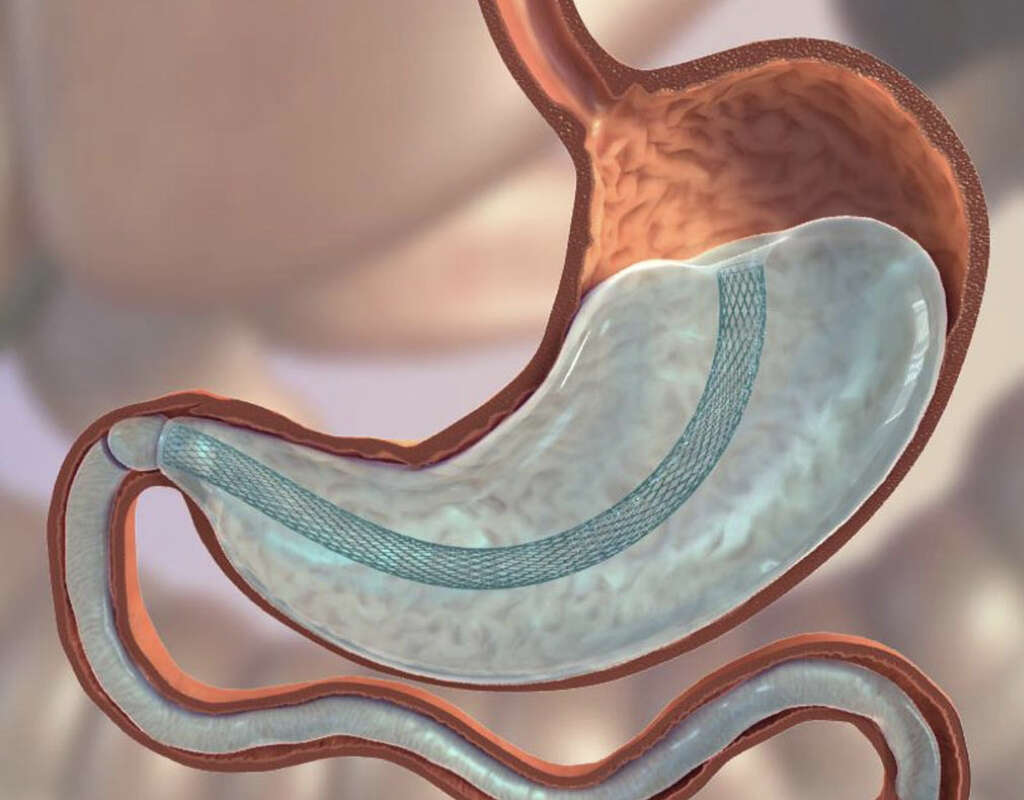
5. Duodenal Wall Structure
The duodenal wall consists of four layers: the mucosa, submucosa, muscularis propria, and serosa. The mucosa is further divided into two layers, known as lamina propria and muscularis mucosa, and is lined with columnar epithelium.
The submucosa and muscularis propria are the inner circular and outer longitudinal layers, while the serosa is located on the superficial surface. Brunners glands, which secrete bicarbonate for the protection of the duodenum, are located within the duodenal mucosa.
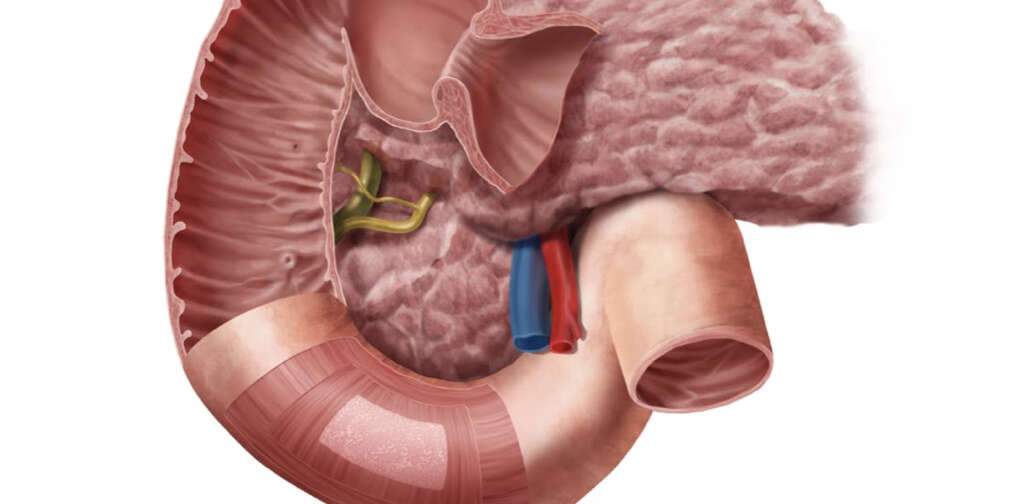
6. Functions of the Duodenum
The most important function of the duodenum is breaking down of foods getting into the small intestine. This happens by the action of enzymes.
The duodenum is also responsible for regulating the amounts of food passing from the stomach to the small intestine courtesy of the activity of the two hormones called secretin and cholecystokinin, which are secreted by duodenal epithelial cells in response to certain acidic and fatty stimulants. These stimulants are released when the pylorus dilates.

7. Receives Digestive Juices
As mentioned earlier, the duodenum provides the site where digestive juices get into the digestive system. The liver and gall bladder release bile, while bicarbonate and digestive enzymes such as trypsin, lipase, and amylase are released from the pancreas.
All these secretions end up in the duodenum where they have roles in completing the digestion of foods. Brunners glands secrete mucus and some bicarbonate, whose role is to protect the duodenum from the abrasive action of gastric acid in the incoming, partially digested foods.
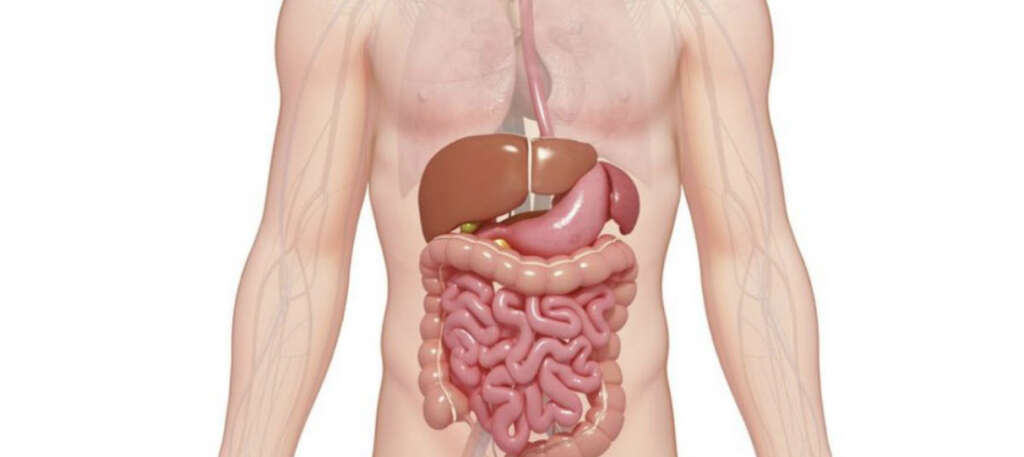
8. Diseases of the Duodenum
Due to its location and all the materials it is exposed to, the duodenum is associated with various diseases and conditions. A duodenal ulcer is one of the most common conditions that affects the duodenum.
Ulcers usually occur due to infections caused by H. pylori bacteria. H. pylori attack the protective layer of mucosa in several ways. The resultant damaged part of the duodenal wall becomes a painful ulcer.
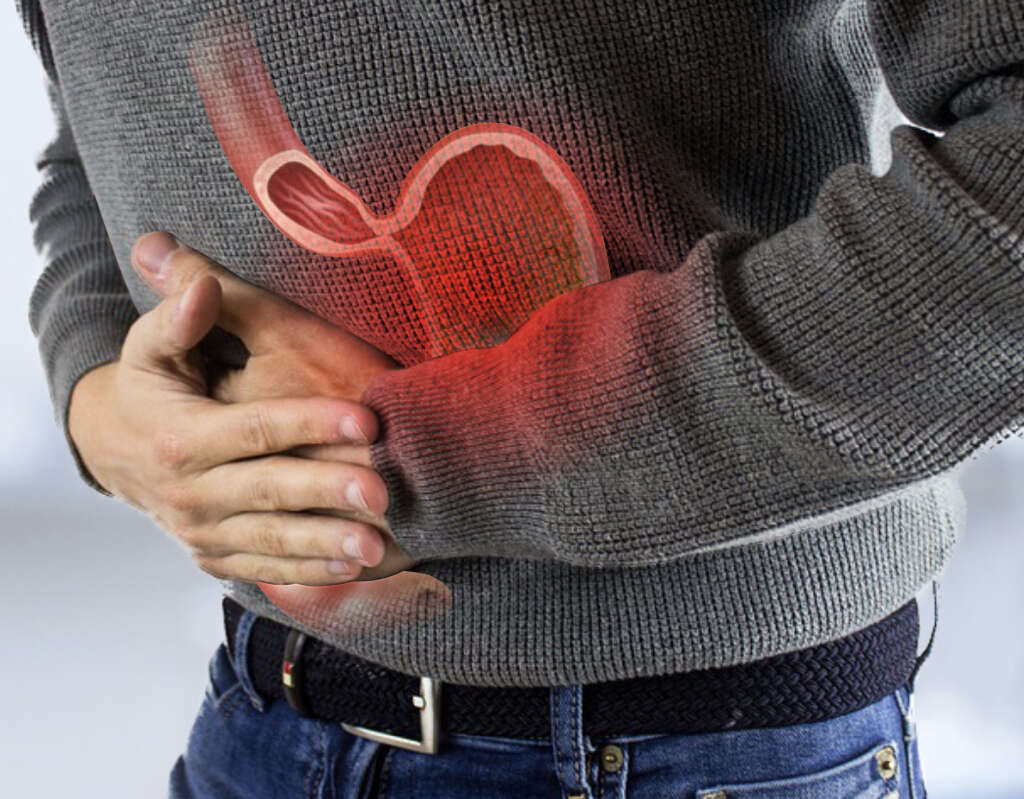
9. Duodenal Ulcers
Duodenal ulcers are most likely to occur in the first segment of the duodenum. This is partly because the first segment is the first to be exposed to gastric acids coming from the stomach.
It is worth noting that subsequent parts have better protection from the action of gastric acid courtesy of the bicarbonate in the digestive juices, which get into the duodenum within the descending segment. Duodenal ulcers cause terrible general abdominal pain and dyspepsia. Other diseases that can affect the duodenum include celiac disease, duodenitis, and duodenal cancers.

10. Anomalies of the Duodenum
Besides diseases, the duodenum can be affected by other anomalies. These include duodenal atresia, or stenosis, which is common in people with Down syndrome. The atresia means that there is an obstruction in the outlet of the stomach. Another anomaly of the duodenum is called intestinal malrotation. This is a condition that occurs while a baby is still developing in the womb.
Typically during development the intestines will rotate into place. Intestinal malrotation is when this rotation is incomplete. Another common duodenal anomaly is called duodenal diverticulum, which usually affects the deep layers of the duodenal wall.
